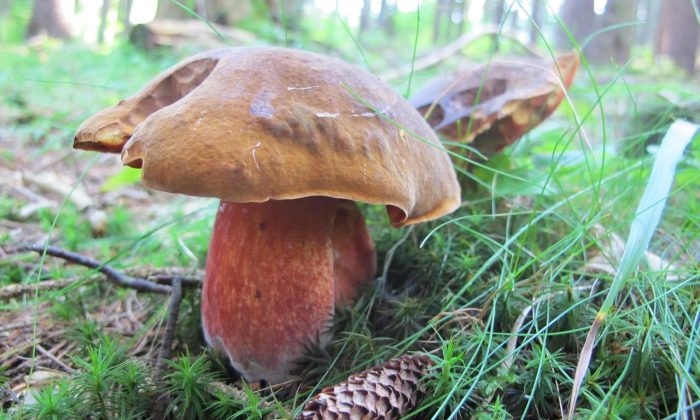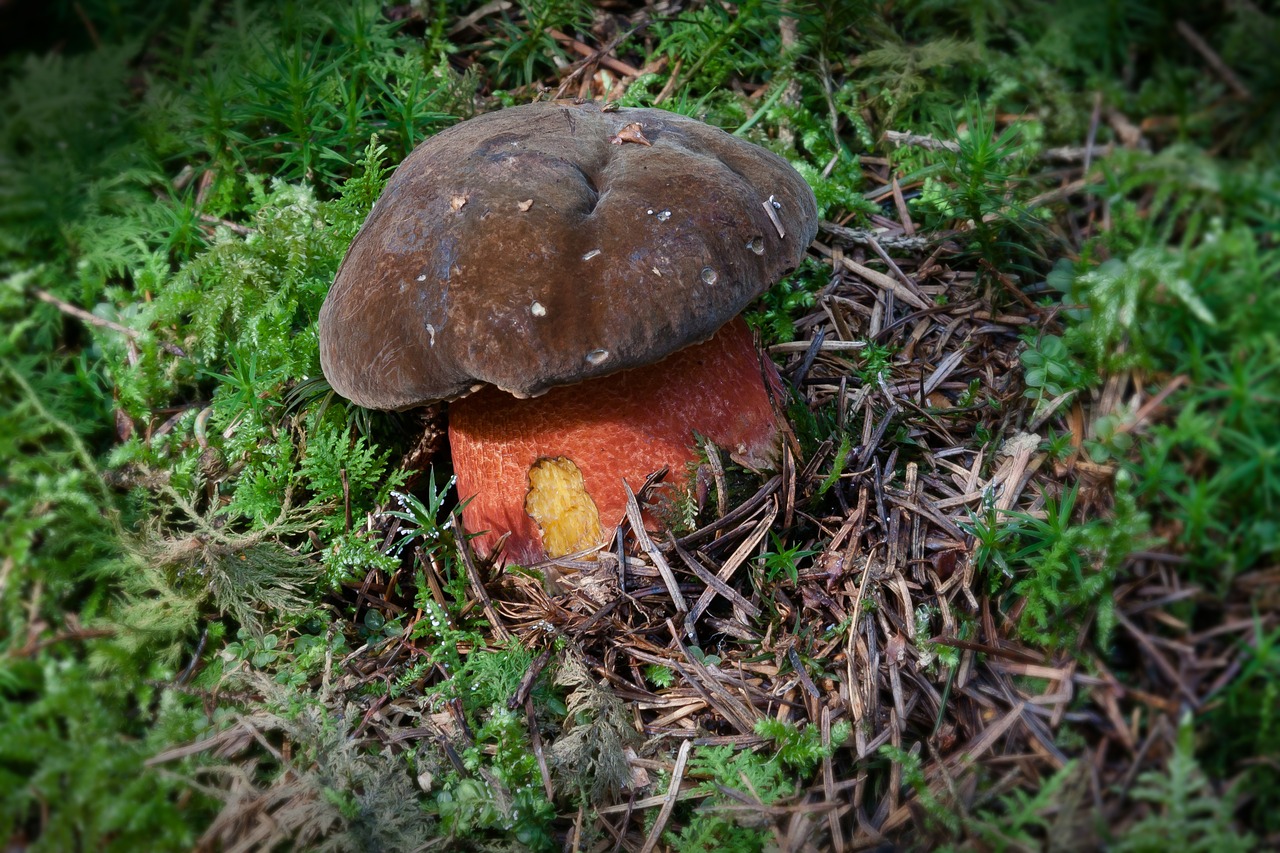Scarletina bolete: The blue king with red tubes and pores is already here!

Have you already gone to the forest, little woods or simply into the nature around you? If so, you may have already come across one of the first spring mushrooms. Yes, the scarletina bolete, or also known as the foot bolete, may already been seen in many spots throughout the country. This great mushroom is neglected by some inexperienced mushroom pickers, and you can often see this mushroom ripped out of the ground and then put back in place. Other times, it just grows along the pathways and nobody pays attention to it. It is a pity because it is a great mushroom that deserves our attention! Well we shall tell you when it grows, where it may be found, and how to prepare meals out of it.
When and where does it grow?
The season starts already in May! Of course, it largely depends on the weather but these great mushrooms have already began growing and sometimes they grow until November. It is a though boy. During a hot summer or drought for example, it often grows even when other mushrooms do not. And where you can find foot bolete? Mainly in coniferous and mixed forests. Just for your information, you may find a similarly looking mushroom hiding in grass spots and strips, but this is not foot bolete but rather lurid bolete.

How can you recognize the foot bolete?
Quite simply. The hat is dark brown with tiny crimson stripes and pores. The shape of the “hat” (pileus) varies a lot, but most often you should find the typical flat hat, and less frequently, arched or even convex hat. The stipe is usually barrel-shaped or cylindrical. The flesh turns blue few seconds after cutting but you can still confuse this mushroom with others. Usually, people confuse this mushroom with the lurid bolete, which has a lighter pileus and the tubes are not deep red. But do not panic because luri bolete is also edible. Some people may possibly confuse it with a bitter beech bolete, which has a white hat surface and yellow tubes, but this is rather rare. But be careful this one is poisonous.
Boil or steam it thoroughly…
There are many different ways to prepare foot bolete. However, it is recommended to boil these mushrooms thoroughly, as they are slightly toxic when raw. The taste is pleasant, but not very pronounced. The good news is that if you find foot bolete, there is a good possibility that it will not be rotten and will have few warms only because they are able to fight these ailments rather well. On the other hand, we have already seen worms in the stipe of this mushroom, but as we mentioned, not so often. But many mushroom pickers dry foot bolete but it is not recommended.
Photo: Pixabay

Gardening is my hobby, I have a lot of experience and I am happy to share it.








0 comments